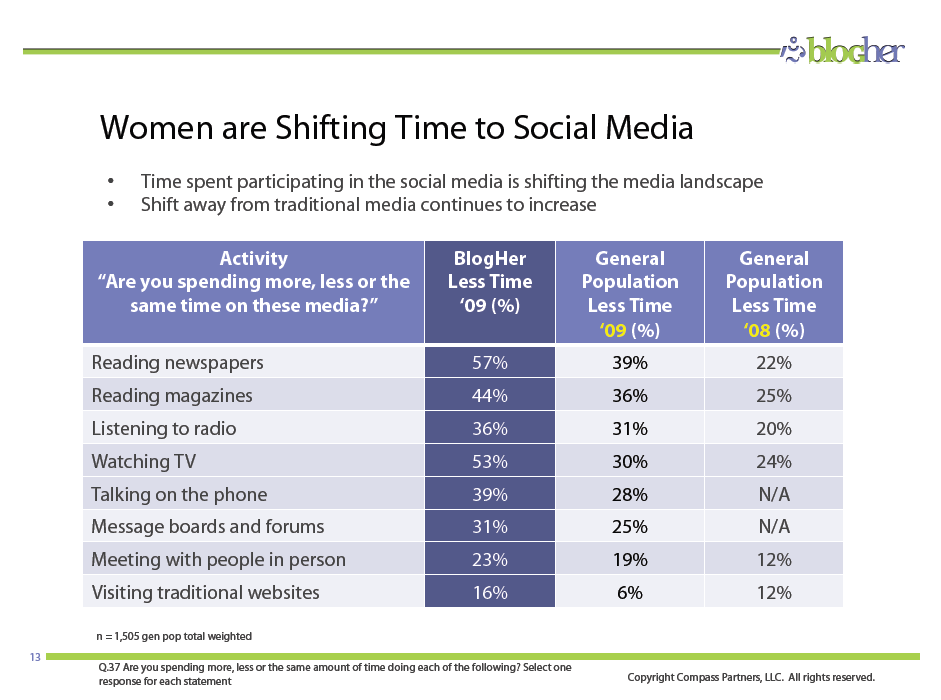Dell: social media business or the just good marketers?
 Dell is the social media super-hero these days and one of the most named examples of social media intelligence. At least, if we believe in a lot of blog posts…
Dell is the social media super-hero these days and one of the most named examples of social media intelligence. At least, if we believe in a lot of blog posts…
Last week, Dell reported in a blog post that their Twitter account @DellOutlet earned more than $2 million US dollars in revenue. Money that can be attributed directly to their Twitter activity. This does not surprise us, having heard that Dell broke the $1 million US dollar barrier some months ago.
Nevertheless, let’s think a minute about the ‘social aspect’ of this Twitter account. The funny thing about it is that Dell is just using old marketing techniques to generate revenue via Twitter.
Or is the use of coupon codes a marketing innovation of the web 2.0 era?
These couopons come flying into my mailbox at home every day – quicker than I have time to throw them in a bin.
“Dell Outlet sells refurbished Dell products at great prices, but inventories fluctuate, making it difficult to know when products are available or on sale. Dell Outlet uses Twitter as a way to message out coupons, clearance events and new arrival information to those looking for Dell technology at a discounted price.” (quote from Dell blog)
Reading this statement, the question is what is the social media strategy? Isn’t this just good old marketing tactics? This Dell Twitter account @DellOutlet is not acting in any way like social media has been teaching companies lately.
“Listen, learn and engage” (Brian Solis) is the value proposition of social media. The customers are coming to you as they have heard about the quality and value of your product, service or business. Then, they buy and do some good word-of-mouth activity via Twitter, Facebook, blogs, rating sites etc. for your business. This is resulting in community building – not a sales channel like the Dell example.
Dell is talking, pushing and selling. It is the good old communication and marketing practice we all know from some years ago.
Why is Dell so successful? It is a matter of simple marketing technics. It follows the old sales intelligence… From more than 650.000 followers, 10% will be real followers (as you just follow when you are in the evaluation process mode before a purchase decision) = 60.500 followers. And if you are lucky company 5% will buy your product in the end = 3.025 users. This tells us about an interesting average revenue of 661,15 US dollar per Twitter client.
Ah, I love sales statistics… though admittedly, these might be taken from the easiest perspective of ROI measurement.
Spot On!
But is this Dell activity really ‘social’? It is the email marketing system – tables turned upside down. Opt-In or follower? Subscribe or unsubscribe is the question… Email promotion or social media promotion? Email spam or social media spam? What comes next in the marketers arena? And, the account is just following Dell accounts… is the client/follower really interesting for them?
Not saying this is not a very clever approach reaching out for clients… well-done, Dell.
Your views much appreciated…










